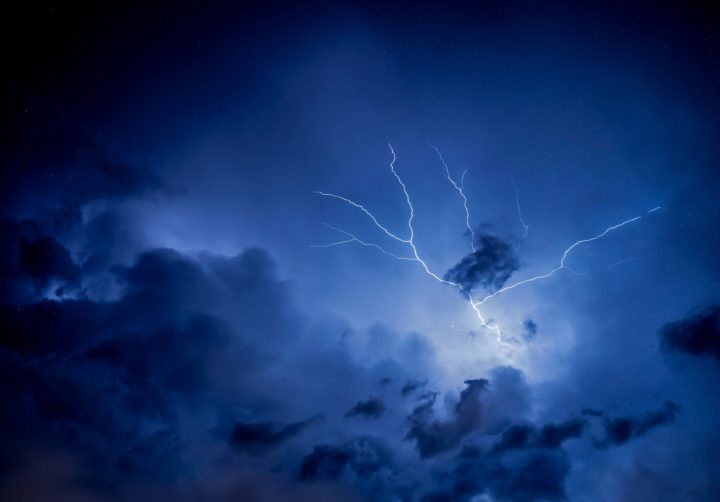The following contribution is from another author.
A lot of tough work gets done on construction sites. However, bad weather can ruin a lot of hard work and progress. Construction sites need to be protected from severe and heavy weather because the site needs to be safe for workers and hazards also need to be avoided. Bad weather can cause a project to be delayed, it can destroy half-finished work, construction materials and it can make the environment unsafe for workers, especially when demolition projects take place. The latter one should always be done under professional surveillance, so to make sure everybody’s safe and the job is well done you should hire a demolition company. Bella Contracting Services offer the best services when it comes to demolition in Connecticut, and this is the first thing you should think of before starting construction, especially because Connecticut is one of the places that get a lot of rain. There are some ways to protect a construction site from bad weather and we will explore them below.
Brace the building
Wind, rain or even snow damage to structures that are being constructed can cause millions in damages and delays so it is important to put in place certain measures to eliminate or reduce the risk of delay or damage. Here’s what you can do: When building components are braced, tilt-up panels, masonry walls, and other components of the building should be inspected and braced according to the engineering design or the recommended manufacturer guidelines. Partially installed roofs should have anchor roof panels on them and there should be weld or secure decking done each day. Large wall openings should also be covered with a tarp until all doors, windows, or glass curtain walls are fully installed. But, sometimes it’s hard to predict harsh weather, and a lot of snow can cause a lot of problems, so if this happens to you you can rely on services like CleanR Property Maintenance, which specializes in snow removal in Winnipeg. By implementing these measures, you save yourself from losing money and being delayed in construction.
Identify flood sites
Water is a leading cause of damage to buildings that are under construction and heavy rains risk flooding the site if drainage systems are incomplete. You need to identify any potential for flood and you need to evaluate site drainage. You need to ensure that temporary and permanent drainage systems are installed, inspected, and maintained to ensure that there are no obstructions in the event of floods or heavy rains. You should also delay installing high-value subgrade equipment such as electric switchgear until all of your drainage systems are securely in place and operating well. Not checking these sites can result in a lot of damage which is very costly. This is why you need to identify flood sites to save your pockets and your construction site from being damaged.
Make a checklist
The positive thing about bad weather is that it can be anticipated which gives you time to plan and prepare. It is a great idea to develop a checklist and on your checklist, you should identify the areas that need protection such as tools, heavy equipment, machines, materials, workboats, and compressors to name a few. You should also have a relocation plan especially if your job involves work near a body of water. You should make a plan to relocate and protect all of your equipment and also make provision for the amount of time it will take to complete the relocation. On your checklist, include all the necessary supplies that need to be secured, by doing all of this, you can tackle the storm in an organized manner which leaves little room for failure.
Store emergency kits
You need to store emergency kits and secure any necessary supplies well in advance. When the bad weather is identified by your weather service, you need to make sure that all of your necessary protection supplies are organized and available. Ensure that your company’s work trucks and other vehicles contain a weather emergency kit which should include an ice scraper, a shovel, brush, water, sleeping bag, tow straps, non-perishable food items, backup batteries for cell phones, and emergency flares. It is also a good idea to keep some cat litter or sand in case you get stuck and you need help with traction.
Install only when secure and watertight
You should completely avoid installing any finished product such as flooring, drywall, or millwork until your door and window openings are completely closed, your roof is secured and the building is watertight. Make sure to use temporary coverings where necessary to protect the work that has been finished. This will prevent damage to your construction which will save you money because building materials can easily get damaged by snow and water.
















